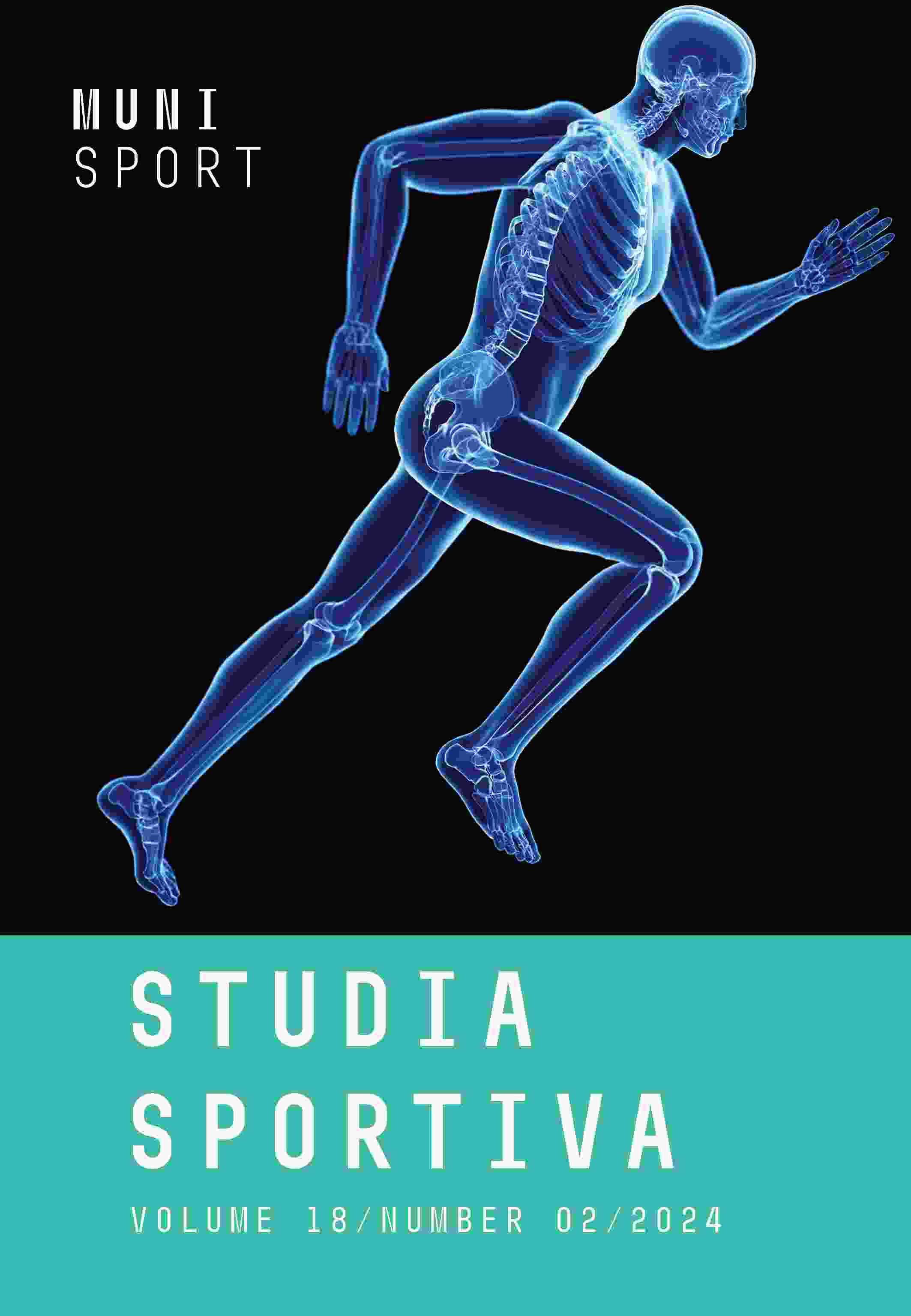Lower Limbs Power and Bioelectrical Impedance Phase Angle in Young Non-Athletes
Lower Limbs Power and Bioelectrical Impedance Phase Angle in Young Non-Athletes
Author(s): Erna Davidović Cvetko, Dražen Pejić, Ivana LovrićSubject(s): Sports Studies
Published by: Masarykova univerzita nakladatelství
Keywords: college students; leg power; force; vertical jump; phase angle
Summary/Abstract: Relationship of bioelectrical properties of human body and vertical jump performance is still unexplored, especially in non-athletic population. The aim of this study is to evaluate association of bioelectrical impedance results with mean force and power of the lower limbs in non-athletic young adults, and to evaluate differences between sexes in both bioelectrical impedance results and vertical jump performance. The cross-sectional study included 75 healthy non-athletic college students (40 women and 35 men aged 19-24 years). Whole-body bioelectrical impedance analysis was performed for phase angle and body composition. Force and power of lower limbs were assessed by vertical jump test. There is difference between sexes in both body composition and vertical jump performance. Along to higher content of muscles (47.5% vs 40.5%) and lower content of fat in the body (19.25% vs 28.19%), men also had higher mean force (3691.75 N vs 2351.44 N) and explosive power of the lower limbs (5627.19 W vs 2752.21 W) compared to women. Leg force and power are in correlation with body composition and with phase angle obtained by bioelectrical impedance analysis. Difference between sexes in force and power of the legs persists even after adjustment for body composition.
Journal: Studia sportiva
- Issue Year: 18/2024
- Issue No: 2
- Page Range: 102-112
- Page Count: 11
- Language: English

